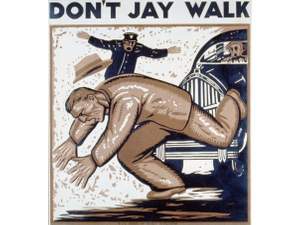Allegory was among our top lookups in the middle of September, 2017, fueled largely by media coverage of Darren Aronofsky’s upcoming film, Mother!. Star Jennifer Lawrence has mentioned in interviews that the film can be viewed as an allegory.
The film, which opens in theaters on September 15, is heavily allegorical. Lawrence revealed how Aronofsky first explained the movie to her: “When he first approached me, he just had these ideas—this huge allegory. These metaphors that were so incredible and so unique. Then he wrote a script in five days and created a narrative through all of it, and condensed the universe and these biblical metaphors into one house.”
—Julie Miller, Vanity Fair, 10 Sept. 2017
Allegory and metaphor have similar applications, but differ in important ways. We define the former as “the expression by means of symbolic fictional figures and actions of truths or generalizations about human existence,” and the latter as “a figure of speech in which a word or phrase literally denoting one kind of object or idea is used in place of another to suggest a likeness or analogy between them.” Although these two words are often found in related contexts, metaphor tends to be employed more often as a direct substitution for a word or idea, and allegory often provides a subtler reference.
Allegory, which can be traced to the Greek word allēgorein (meaning “to speak figuratively”) encompasses both fables and parables (as well as lesser-known forms such as apologue).








